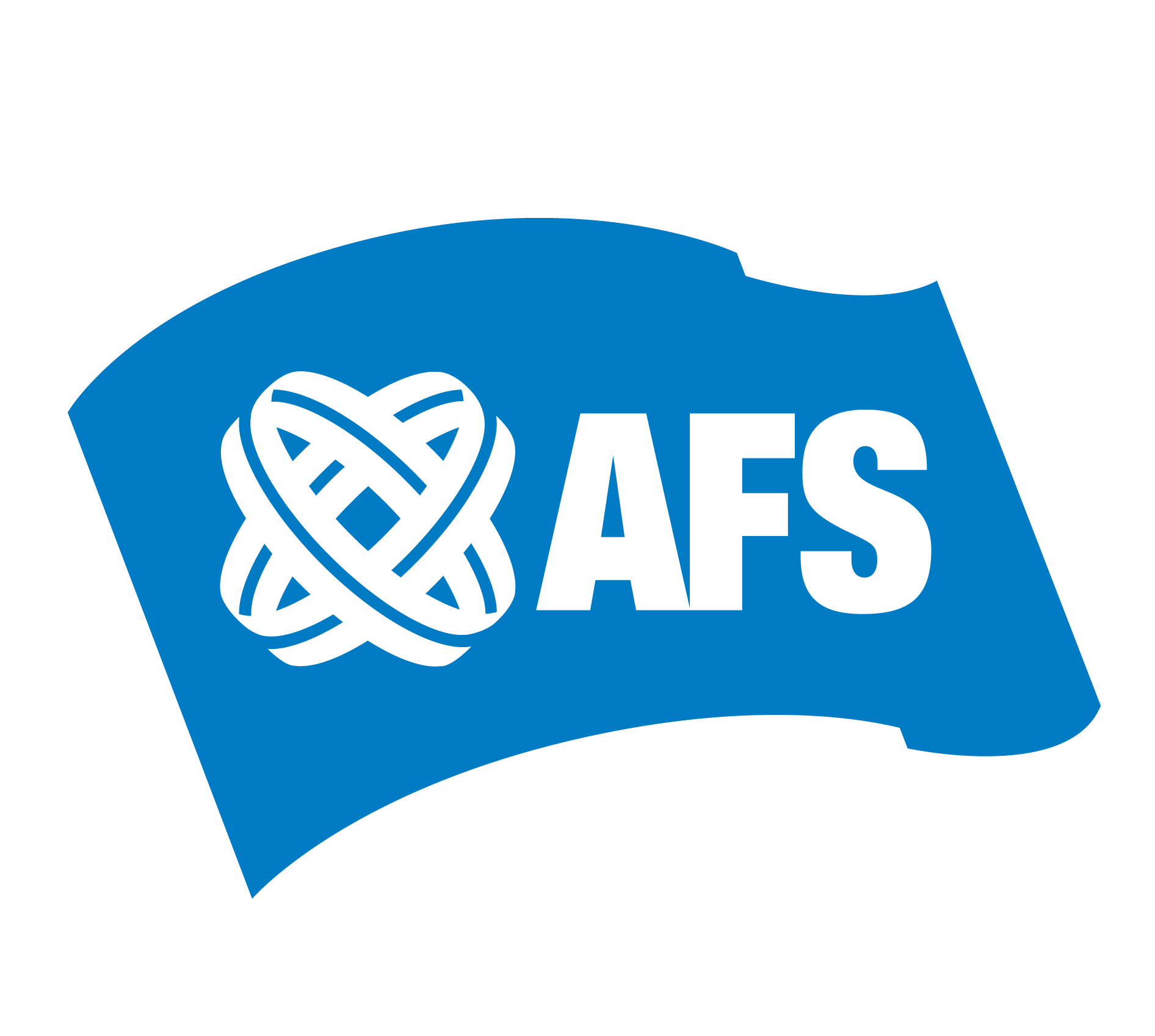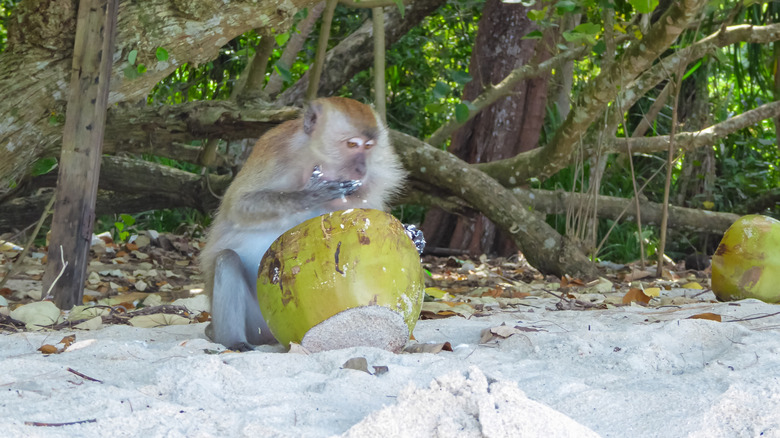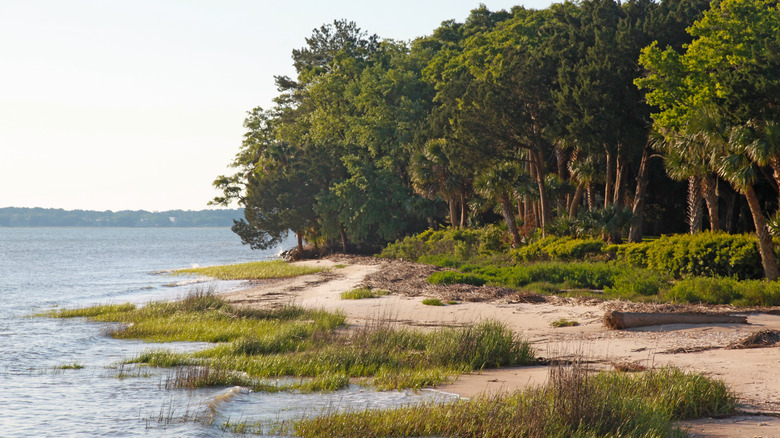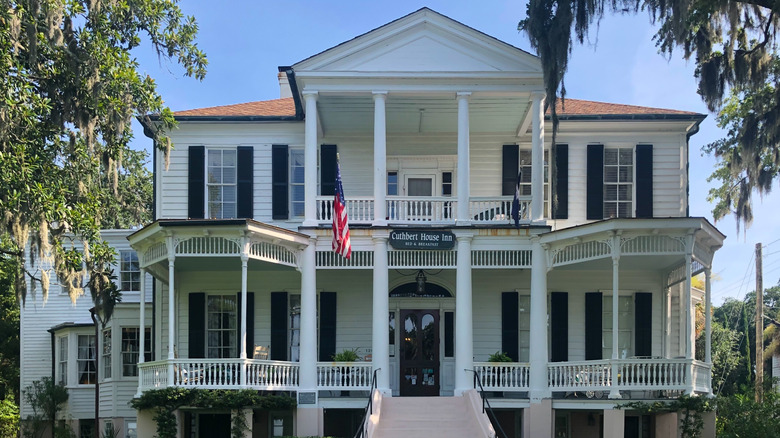The Sea Islands in South Carolina’s Lowcountry offer unmatched adventures across unique and stunning destinations. Of course, Hilton Head is a popular spot known for its family-friendly beaches and pristine beauty. If you want to get off the beaten path, there are unsung destinations where you can get away from the crowds, like Hunting Island, and its undeveloped neighbor, St. Phillips Island, both protected state parks. But there’s another island in the Lowcountry that is even wilder and more untamed, one where monkeys, not humans, are the primates in charge: Morgan Island, commonly known as “Monkey Island.”
Morgan Island is located in St. Helena Sound in Beaufort County, South Carolina. It’s just over an hour north of Savannah, Georgia, and two hours south of Charleston, South Carolina. About 45 years ago, the undeveloped island became home to a colony of rhesus monkeys, which were relocated from a research facility in Puerto Rico.
Despite its colloquial name, only about 10% of Morgan Island’s 4,000 acres is inhabited by the monkey colony. But before you get your hopes up of living out your childhood fantasies of a Jane Goodall-esque adventure, know that it’s illegal to actually visit Monkey Island, as it is carefully controlled to protect the free-ranging colony. Still, there is plenty of monkeying around to do in the area, and many visitors explore the island by water in hopes of spotting the primates in their now well-established habitat.
The History of Monkey Island
Morgan Island was just like any other undeveloped Sea Island along South Carolina’s ACE Basin, one of the Atlantic Coast’s largest undeveloped stretches of wetlands. That is, until 1979, when the Caribbean Primate Research Center facility in La Parguera, Puerto Rico, relocated a breeding colony of over 1,400 rhesus monkeys to the island under the care of the South Carolina Department of Natural Resources and the National Institute of Allergy and Infectious Diseases (NIAID). Interestingly, the monkeys, who had established social groups before their relocation, were split up for the move, but quickly reunited with their groups on Morgan Island. Today, female monkeys outnumber males three-to-one, and the colony seems to have taken quite well to the island, having increased its population to around 4,000.
However, rumors quickly spread throughout the Lowcountry about what sort of mysterious research was really being done on Monkey Island. According to David M. Taub, a research professor who oversaw the introduction of the colony to Morgan Island and later served as the Beaufort mayor, the monkeys were exclusively used for breeding and no unethical or harmful research is or ever was conducted on the island. Since the inception of Monkey Island, various primate research companies have leased the island, and the assurance of low-impact research with a focus on breeding has been consistent, with the colony under the continued protection of the NIAID. Still, allegations of mistreatment have cropped up over the years.




